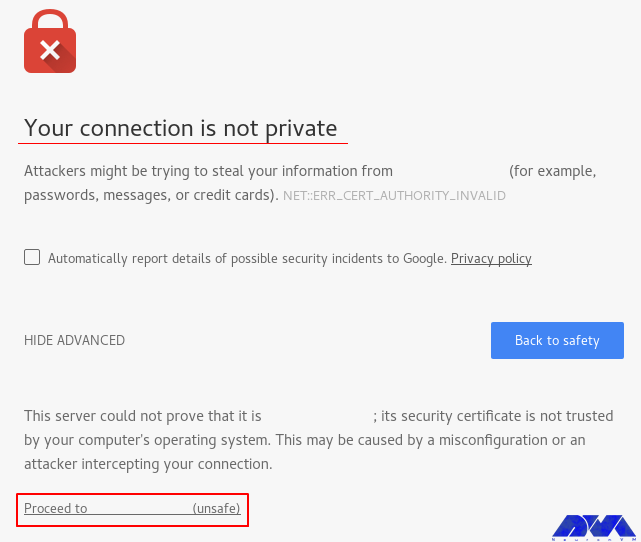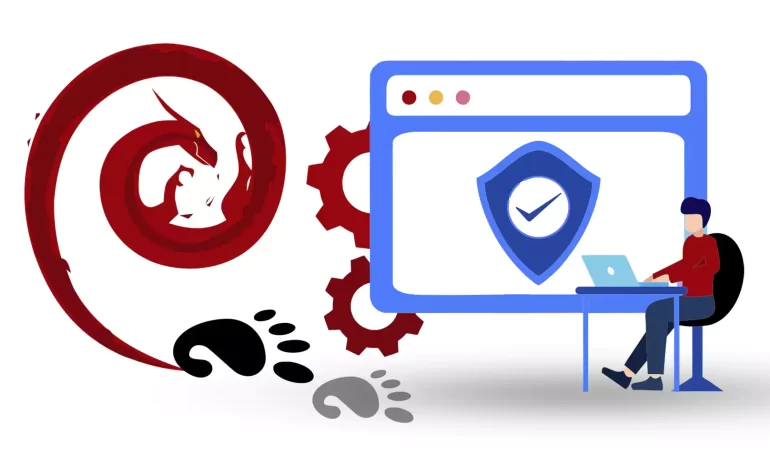






In online businesses, maintaining customer security and brand reputation is very important, So these businesses need a valid SSL certificate. Today, thanks to the Open Certificate Authority (CA) Let’s Encrypt, you can get this certificate for free. If there is a problem with the certificate or its configuration, you may encounter SSL errors. As a result, Keep studying this article because here we will Troubleshoot SSL certificate Errors on Nginx.
If you want to ensure the security of your online transactions and sensitive information, you should use SSL (Secure Socket Layer). Nowadays, there are alternatives to SSL, but this certificate is the most well-known type.
SSL is a digital certificate that verifies the identity of the website and encrypts the connection. Website communications can be in different types, like server to server, browser to server, or another network. The SSL algorithm is complicated and is used to encrypt sensitive and confidential data.
Here, we will introduce some most common SSL Certificate issues and provide effective solutions for them. We suggest that you visit the Windows VPS server plans offered on our website.

This error occurs when the SSL certificate on the server has reached its expiration date. This means that this certificate is no longer valid.
Solution: To solve this problem, you should get and install a new SSL/TLS certificate for your Nginx server. So first, identify the certificate authority (CA) that provides the original certificate. It can be Let’s Encrypt. Then, contact the provider and ask for a new certificate. After that, you should create a certificate signing request for the new one. Present the CSI to the certificate provider or CA as part of the issuance process. Then, update the configuration and restart the Nginx to apply changes.
When you encounter this error, it means that there is an issue with the SSL/TLS certificate file that is configured for your website. This error will prevent Nginx from properly establishing secure connections:

Solution: To fix this problem, you should modify or add an active intermediate certificate, and you should be careful about certificate chain order. The order of certificates should be SSL certificate, Intermediate Certificate, and Root Certificate.
The method that is used to authenticate users by Automatic Certificate Installers such as Let’s Encrypt or Certbot uses hidden folders (/path/to/docroot/.well-known). The downside is that if the protection of these folders is enabled, such validation measures will fail.
Solution: If you encounter the forbidden error (403 Forbidden) in the certificate renewal report file, you should look for such limitations and delete them until a new certificate has been installed.
Most of the critical problems are often related to crashed Nginx servers after a failed upgrade. Automatic installers can change configuration entries, but if the installer dies for different reasons, it will corrupt the Nginx configuration file, too.
Solution: In this case, you should restore the Nginx configuration file from the backup to bring up the site online as quickly as possible. But if the backup is not accessible, you can reset the SSL configuration section to bring the site online, which most automated tools target. So when your site is back online, you should make the changes manually to bring the new certificate online.
As you are trying to achieve an SSL certificate for your Nginx server, and as it is a crucial action for your system’s security, we concentrated on this topic. We tried to introduce some of the common issues with SSL certificates on the Nginx server. So, keep tracking and study this article carefully to troubleshoot SSL Certificate Errors on Nginx. If you encounter any other issues, please share them with us in a comment.
How useful was this post?
Click on a star to rate it!
Average rating 5 / 5. Vote count: 1
No votes so far! Be the first to rate this post.
 Tags
Tags

One of the best desktop environments to use in Linux is Gnome. This platform is also the default GUI...



 Tags
Tags

Nano is a popular command-line text editor used on Linux-based systems. It is lightweight, easy to u...



 Tags
Tags
What is your opinion about this Blog?








